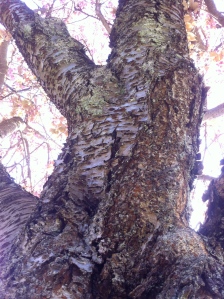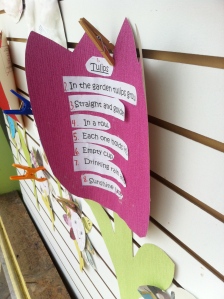Sand, surf, sun, sky, summer. ‘S’ starts so many splendid summery words. Two ‘esses’ that rarely make that list, however, are ‘student’ and ‘school’, unless we’re talking about remedial class. Summer is about playtime, holiday time and free time. It’s never too soon to think about summer!
From an educator’s perspective, this couldn’t be more true–with one caveat: It’s never too soon to think about summer learning loss.
In the past, summer holidays were essential to largely agrarian societies, where kids helped out on the family farm. But times have changed and statistics show that summer should indeed include more high quality learning, and that summer learning loss is a major obstacle to student success across North America. Studies conducted since the 1970s have consistently shown that summer learning loss is equivalent to one month or more of instruction. The following school year, significant time is spent recovering the loss from the previous year’s learning.
The bad news? Summer learning loss is cumulative. For example, students entering grade 9 have suffered learning loss equivalent to an entire year of school! According to a New York Times article, this loss “has a tremendous impact on students’ success, including high school completion, post-secondary education and work force preparedness.”
The good news? Students who benefit from high quality summer learning programs do not suffer the learning loss and indeed improve over the course of summer. Research on summer reading programs such as the Teach Baltimore Summer Academy show improvements equivalent to half a grade level in vocabulary, comprehension and total reading ability.
Summer fun is a culturally ingrained part of the Canadian childhood, and it should be! Kids work hard and deserve a break. Fortunately, learning and fun are not mutually exclusive. Kids also deserve the opportunity for stimulating learning experiences all year long. They deserve to continue practicing the skills and retaining the knowledge they worked hard to develop throughout the school year. It’s never too soon to start thinking about summer.
We at Little House certainly are, and look forward to a fun and educational summer 2015! We’d love to be included in your summer learning plans and hear your ideas.
-Amanda












